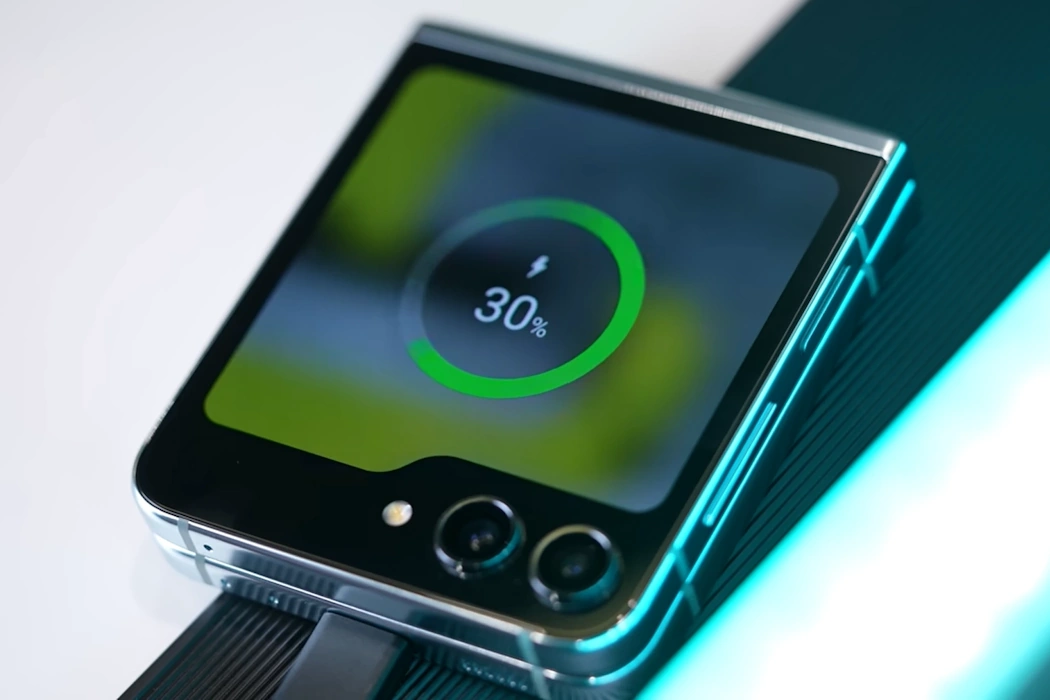The Samsung Galaxy Z Flip 5 is a sleek smartphone that offers a unique folding design and impressive features. However, like any other device, it’s not immune to battery drain issues that can impact its overall performance and user experience.
If you find yourself struggling with excessive battery consumption, there are several steps you can take to diagnose and resolve the problem.
In this article, we’ll explore effective strategies to fix battery drain issues on your Samsung Galaxy Z Flip 5.
Tips to Reduce Battery Drain on Samsung Galaxy Z Flip 5
1. Check for Software Updates
Outdated software can often lead to battery drain issues. Ensure that your device is running the latest version of the operating system and the most recent security patches. To check for updates, go to Settings > Software update > Download and install. Keeping your device up-to-date can address potential bugs and improve overall battery efficiency.
2. Optimize App Usage
Misbehaving or poorly optimized apps can significantly contribute to battery drain. Monitor your app usage and identify any apps that seem to consume an excessive amount of battery. You can do this by going to Settings > Battery and device care > Battery > Battery usage. Once you identify the culprits, you can take actions such as:
Update Apps: Ensure that all your apps are up to date. Developers often release updates that include bug fixes and performance improvements.
Restrict Background Activity: For apps that are draining battery in the background, you can limit their background activity. Go to Settings > Apps > [App Name] > Battery > Background usage and adjust the settings accordingly.
Clear App Cache: Accumulated cache data can sometimes cause battery drain. Clearing the cache of specific apps can help. Navigate to Settings > Apps > [App Name] > Storage > Clear cache.
3. Manage Location Services
Location-based services, such as GPS, can consume a significant amount of battery power. Review which apps have access to your location and consider limiting access for apps that don’t require it constantly. Go to Settings > Location to manage location settings for individual apps.
4. Adjust Display Settings
The display is one of the most power-hungry components of a smartphone. You can make adjustments to optimize your display settings:
Brightness: Lower the screen brightness or enable adaptive brightness to automatically adjust based on ambient lighting conditions.
Screen Timeout: Set a shorter screen timeout duration to ensure that the display turns off when not in use.
Dark Mode: Enabling dark mode can reduce power consumption on devices with OLED screens like the Galaxy Z Flip 5.
5. Battery Saver Mode
Utilize the built-in battery saver mode that comes with the device. This mode reduces performance and limits background processes to conserve battery. You can find it in Settings > Battery and device care > Battery > Power saving.
6. Disable Unnecessary Connectivity
Bluetooth, Wi-Fi, and mobile data can contribute to battery drain if left on unnecessarily. Turn off these connections when not in use or enable Airplane mode in low signal areas.
7. Reset App Preferences
If you’re experiencing widespread battery drain, resetting app preferences can help resolve any issues caused by conflicting settings. Go to Settings > Apps > More options (three dots) > Reset app preferences.
8. Monitor Battery Health
Over time, batteries degrade, which can result in reduced battery life. Check the health of your battery in Settings > About phone > Battery information. If the health is significantly degraded, you might need to replace the battery.

